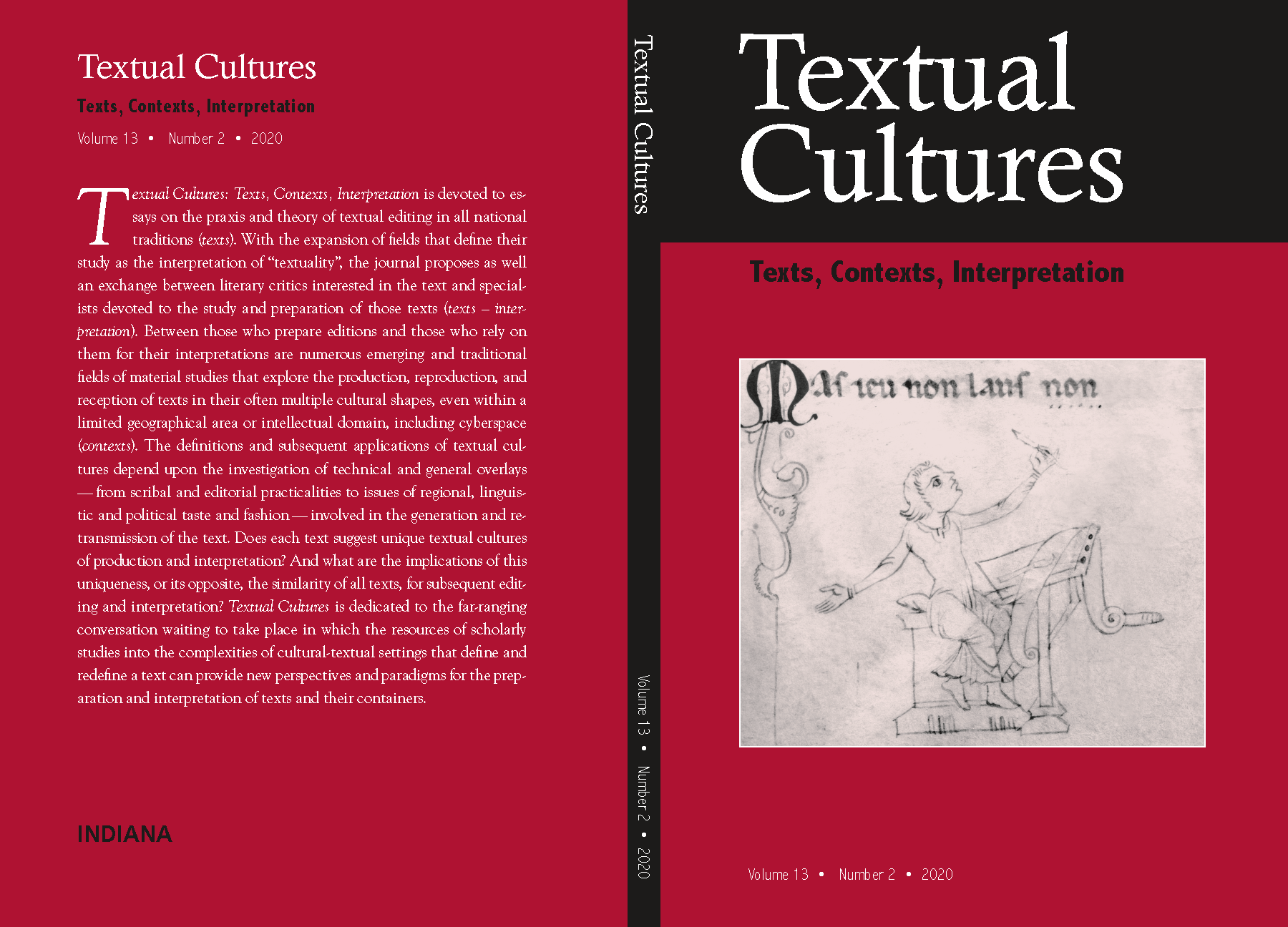Steal not this book my honest friend : Threats, Warnings, and Curses in the Edwardian Book
Main Article Content
Abstract
This article explores the role of the book inscription as an important rite of property in Edwardian Britain (1901–1914). In particular, it uses a multimodal ethnohistorical approach to examine the use of ownership marks as threats, warnings, and curses, and to explore how they were employed by their owners to deter potential malefactors. It reveals that these inscriptions were discursive acts that operated on a cline of politeness that stretched from mitigated to stronger ownership claims. However, while in the Medieval period book curses carried a serious threat of punishment, by the Edwardian era, most were written out of adherence to social tradition, thus their force lay in performing rather than describing a future act. This suggests that in the early twentieth century, book inscriptions were strongly linked to their owners’ social class and functioned symbolically to index ownership, property rights and power.
Downloads
Article Details
Authors who publish with this journal agree to the following terms:
- Authors retain copyright and grant the journal right of first publication with the work simultaneously licensed under a Creative Commons Attribution License (see:http://creativecommons.org/licenses/by/3.0/us/) that allows others to share the work with an acknowledgment of the work's authorship and initial publication in this journal.
- Authors warrant that their submission is their own original work, and that they have the right to grant the rights contained in this license. Authors also warrant that their submission does not, to the best of your knowledge, infringe upon anyone's copyright. If the submission contains material for which an author does not hold the copyright, authors warrant that they have obtained the unrestricted permission of the copyright owner to grant Indiana University the rights required by this license, and that such third-party owned material is clearly identified and acknowledged within the text or content of their submission.
- Authors are able to enter into separate, additional contractual arrangements for the non-exclusive distribution of the journal's published version of the work (e.g., post it to an institutional repository or publish it in a book), with an acknowledgment of its initial publication in this journal.
